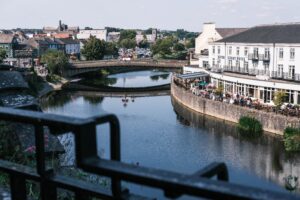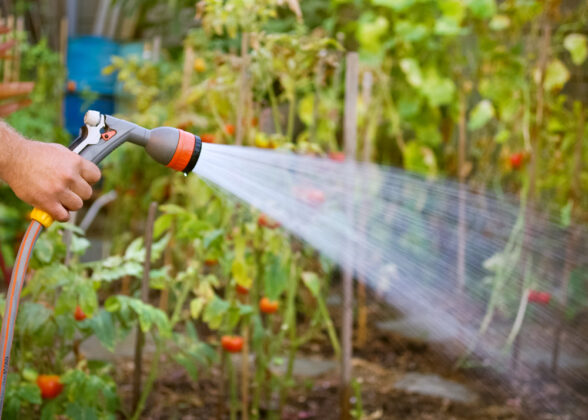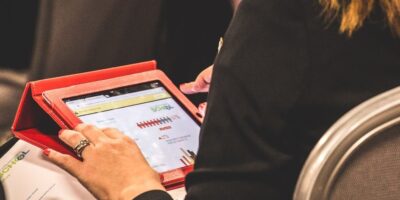Conserving one of our most essential resources

Being efficient with the water we use and avoiding polluting watercourses is critical for a sustainable built environment. Water is so ubiquitous in our daily lives that we take it for granted. Turn on the tap and there it is – clean, abundant and permanently available. Also, cheap too – one litre costs about a tenth of a penny.
However, the water we consume and the wastewater we create has significant environmental impacts. Parts of Ireland can often suffer from water scarcity. The taps won’t turn off any time soon, but the availability of water to meet all the demands from industry, business and households, let alone what nature needs to keep it afloat, often mean we get close to going short.
Add to this the energy and materials required to make our water drinkable, and to clean our wastewater before returning it to nature, and you soon realise that there is a lot invested in each and every litre of tap water. Knowing this can inspire us to be more efficient and sparing with the water we use. Using collected rainwater for dust suppression instead of tap water is one great example of lateral thinking and saving resources. We also must ensure that wastewater is properly treated and managed to avoid spills and pollution, and we need to take more action to incorporate “blue infrastructure” considerations into our care for, and enhancement of, the wider built environment.
And this is just in Ireland. Elsewhere around the world water is often a critical scarce resource, through climatic conditions but also through excessive demand from industry and agriculture, or mismanagement leading to poor, leaky or non-existent infrastructure. Therefore as responsible customers we have to not only consider our direct water use, but also the water footprint within our supply chains.
We are losing species diversity at an alarming rate. Protecting, enhancing and creating new water based habitats can help to address this slide and improve the prospects for all of us, as well as the species that rely on these environments.
Water Quality in Ireland
Watch this video to hear about the EPA’s latest ‘Water Quality in Ireland Report 2016-2021’ which shows that Ireland’s surface waters and groundwaters remain under pressure from human activity.

The manufacturing processes to make the goods we buy and use can also require significant quantities of water. We can apply the principle of embodied water just as we would for embodied carbon. A typical example is importing fruit and vegetables imported from water scarce countries. Water is contained within them and vastly more water is used to grow them.
Construction goods and other products required across the entire built environment can also require significant amounts of water for their manufacture and use. Responsible clients, developers, contractors and facilities managers are now measuring and reporting on the usage of potable water use on sites and also calculating the water footprint of their supply chains.
Water
Water – Sustainability Short
Video
Water
Introduction to Water
E-learning module
Water
Water Quality in Ireland 2016 – 2021
Video
Water
CDP Global Water Report 2022
Document/Presentation





 5 minutes
5 minutes